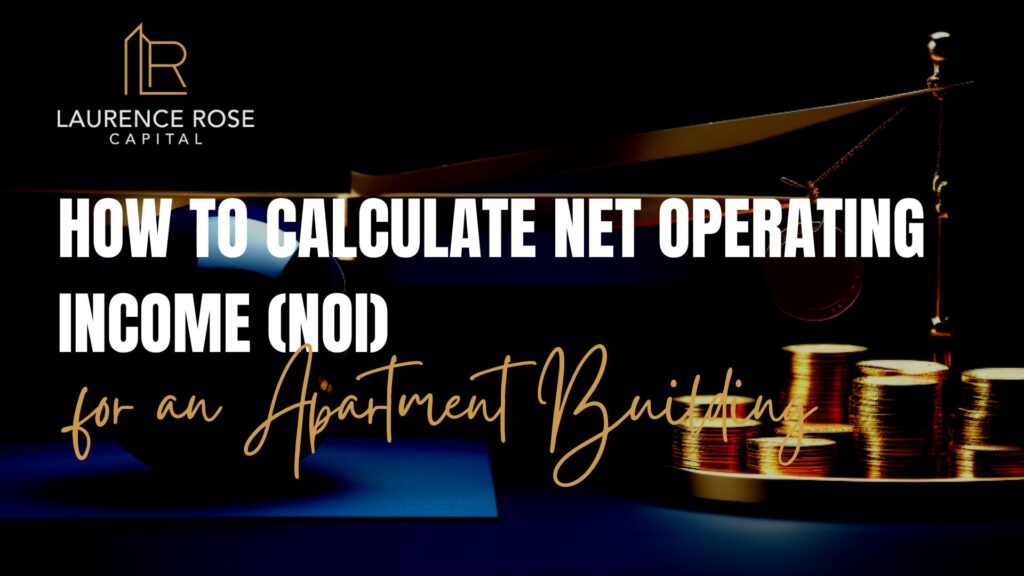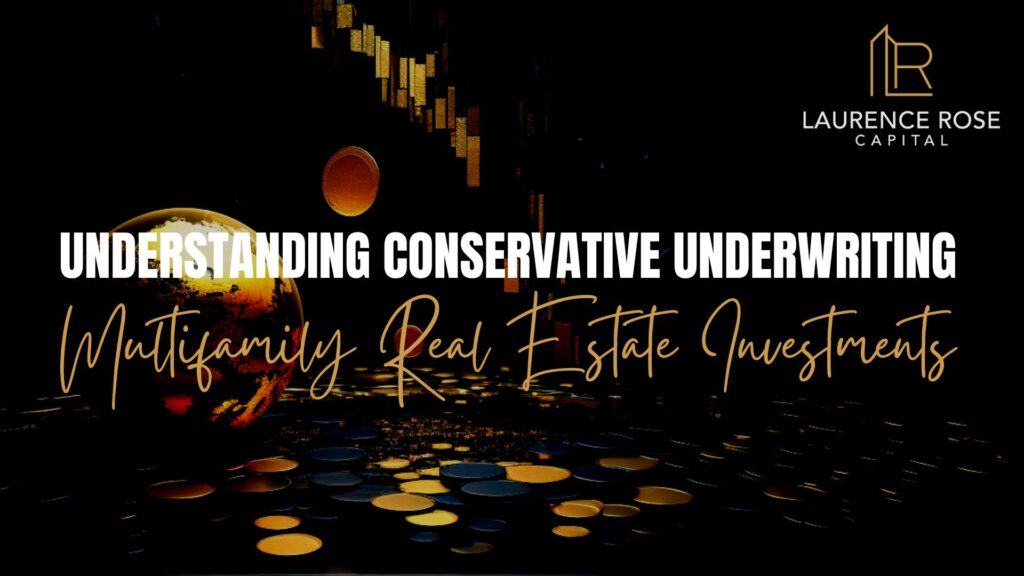Investing in multifamily real estate can be a rewarding venture, but it’s essential to have a clear understanding of the ins and outs before diving in. In this Q&A guide, we’ll address common questions and provide valuable insights to help you navigate the world of multifamily real estate investing.
Q1: What is multifamily real estate investing?
Multifamily real estate investing involves purchasing and owning residential properties with multiple units, such as apartment buildings or condominium complexes. The goal is to generate rental income from tenants residing in these units, creating a sustainable cash flow stream and potential for long-term appreciation.
Q2: How to start investing in multifamily properties?
- Educate Yourself: Begin by learning about the fundamentals of real estate investing, including property analysis, financing, and market research.
- Build a Network: Connect with real estate professionals, agents, and investors who have experience in multifamily investing.
- Set Financial Goals: Define your investment objectives, including your budget, expected returns, and risk tolerance.
- Market Research: Identify target markets based on factors like job growth, population trends, and rental demand.
- Property Search: Start searching for multifamily properties that align with your goals and budget.
- Due Diligence: Conduct thorough due diligence, including property inspections, financial analysis, and tenant assessments.
- Secure Financing: Explore various financing options, such as mortgages, private lenders, or partnerships.
- Property Management: Decide whether to manage the property yourself or hire a property management company.
Q3: What are the benefits of multifamily investing?
- Cash Flow: Multifamily properties provide consistent rental income, offering cash flow potential.
- Diversification: Owning multiple units spreads risk across tenants, reducing dependency on a single source of income.
- Appreciation: Multifamily properties can appreciate in value over time, increasing your equity.
- Tax Benefits: Enjoy tax deductions on expenses like mortgage interest, property taxes, and maintenance.
- Economies of Scale: Managing several units in one location can lead to cost savings.
- Built-In Tenant Base: Multifamily properties have a ready-made market for rentals.
Q4: What are the risks associated with multifamily real estate investments?
- Market Risks: Economic downturns can affect rental demand and property values.
- Vacancy Risks: High vacancies can strain cash flow.
- Maintenance Costs: Managing and maintaining multiple units can be costly.
- Tenant Issues: Dealing with difficult tenants or lease disputes is a possibility.
- Financing Risks: Interest rate changes and loan terms can impact returns.
Q5: How to analyze the potential returns of a multifamily property?
To assess potential returns, consider key metrics:
- Cap Rate: The capitalization rate measures the property’s potential return on investment.
- Cash-on-Cash Return: It calculates the annual return on your initial cash investment.
- Gross Rent Multiplier (GRM): A tool to evaluate the property’s affordability and income potential.
- Net Operating Income (NOI): It represents the property’s profitability before expenses.
- Cash Flow: Calculate income minus expenses to determine your monthly cash flow.
Q6: How can I build a diversified multifamily real estate portfolio?
Diversification is crucial for risk management:
- Asset Types: Invest in different types of multifamily properties, such as apartments, condos, or townhouses.
- Geographic Locations: Spread your investments across various markets to reduce exposure to regional economic changes.
- Property Size: Consider properties with different unit counts to balance your portfolio.
- Tenant Demographics: Cater to different tenant segments, like students, families, or professionals.
Q7: What are some successful strategies for increasing the cash flow of a multifamily property?
- Rent Optimization: Regularly review and adjust rental rates to match market trends.
- Expense Management: Control operating costs, negotiate service contracts, and invest in energy-efficient upgrades.
- Value-Add Renovations: Enhance the property’s value through strategic renovations and improvements.
- Tenant Retention: Keep good tenants by providing excellent service and addressing their needs promptly.
- Additional Income Streams: Explore opportunities like laundry facilities, parking fees, or pet rent.
Q8: What is the difference between value-add and turnkey multifamily investments?
- Value-Add: These properties require improvements or renovations to increase their value. They offer the potential for higher returns but involve more hands-on management.
- Turnkey: Turnkey properties are move-in ready with minimal required work. They offer convenience but may have lower immediate cash flow and appreciation potential.
With these answers, you’ll be better prepared to embark on your multifamily real estate investment journey. Remember that successful investing often involves ongoing education, adaptation to market conditions, and careful planning. Consult with real estate professionals and financial advisors to make informed decisions.
Q9: Is it better to invest in single-family homes or multifamily properties?
The choice between single-family and multifamily investments depends on your financial goals and preferences:
- Single-Family Homes: These properties offer simplicity, lower initial costs, and may be easier to manage. However, they usually generate less rental income per unit and may lack diversification.
- Multifamily Properties: Multifamily investments often provide higher rental income, economies of scale, and diversification benefits. They can be more complex to manage but offer the potential for greater cash flow.
Q10: What is the role of property management in multifamily investing?
Property management is a critical aspect of multifamily investing. Here’s how it contributes:
- Tenant Relations: Property managers handle tenant screening, lease agreements, and address tenant concerns, ensuring smooth occupancy.
- Maintenance: They oversee property maintenance, repairs, and improvements, preserving the property’s value.
- Rent Collection: Property managers collect rent, enforce lease terms, and handle late payments.
- Financial Management: They maintain financial records, create budgets, and optimize expenses to maximize returns.
- Compliance: Property managers ensure compliance with local laws, regulations, and safety standards.
Q11: How to find multifamily properties for sale in [specific city or area]?
Finding multifamily properties involves various strategies:
- Real Estate Agents: Work with local real estate agents who specialize in multifamily properties; they have access to listings and market knowledge.
- Online Listings: Explore real estate websites, such as Zillow, Realtor.com, or LoopNet, to search for multifamily listings in your desired area.
- Networking: Attend real estate investment clubs, conferences, and network with industry professionals who may have off-market opportunities.
- Direct Marketing: Send letters or postcards to property owners expressing your interest in buying multifamily properties in their area.
Q12: What are the tax implications of multifamily real estate investing?
Multifamily real estate investments offer several tax advantages, including:
- Depreciation: You can deduct a portion of the property’s value each year, reducing taxable income.
- Interest Deductions: Mortgage interest payments are tax-deductible.
- Property Expenses: You can deduct operating expenses such as property management fees, maintenance costs, and property taxes.
- 1031 Exchange: Allows you to defer capital gains taxes when selling one investment property to purchase another.
It’s crucial to consult with a tax professional to fully understand and optimize your tax strategy in multifamily investing.
Q13: Are there any multifamily investing seminars or courses available online?
Yes, numerous online resources offer courses, seminars, and educational materials on multifamily investing. Some reputable platforms include:
- BiggerPockets: Offers a wide range of real estate investment courses and forums for networking.
- Udemy: Provides courses on multifamily investing, property management, and related topics.
- Real Estate Investment Associations: Many local associations offer seminars and educational events.
- Books: Consider reading books authored by experienced real estate investors, which can provide in-depth insights.
Q14: What are some common challenges faced by multifamily real estate investors?
Investing in multifamily properties can come with challenges, including:
- Tenant Turnover: Frequent turnover can lead to vacancy and leasing costs.
- Maintenance: Managing multiple units requires ongoing maintenance and repair.
- Market Volatility: Economic downturns can affect rental demand and property values.
- Financing Hurdles: Securing financing for multifamily properties may involve stringent requirements.
- Regulations: Complying with local housing regulations and tenant laws is crucial.
Overcoming these challenges often requires careful planning, ongoing education, and effective property management.
Q15: How do I calculate the potential return on investment (ROI) for a multifamily property?
To calculate ROI for a multifamily property, consider the property’s income, expenses, and value appreciation:
- Net Operating Income (NOI): Subtract operating expenses from rental income to determine NOI.
- Cash Flow: Subtract mortgage payments and other financial obligations from NOI to find your monthly cash flow.
- Cap Rate: Divide the property’s NOI by its current market value to calculate the capitalization rate.
- Cash-on-Cash Return: Divide your annual cash flow by your initial investment to determine the cash-on-cash return.
- Appreciation: Estimate potential property appreciation over time based on market trends.
By analyzing these factors, you can assess the property’s overall ROI and make informed investment decisions.
Q16: What is the average cap rate for multifamily properties?
The average cap rate for multifamily properties varies by location and market conditions. Cap rates are influenced by factors like property demand, location desirability, and property condition. To determine the average cap rate in a specific area, you should:
- Research Local Markets: Analyze recent sales data and market trends for multifamily properties in the area of interest.
- Consult Real Estate Professionals: Reach out to local real estate agents, appraisers, or investment advisors who have insights into the current market.
- Network: Attend real estate networking events and conferences to connect with professionals with local market expertise.
Keep in mind that cap rates can fluctuate, so it’s essential to conduct ongoing research to stay informed about the local market.
Q17: What are some real estate market trends impacting multifamily investing?
Real estate market trends can significantly impact multifamily investing. To stay informed about the current trends in your specific location or year:
- Follow Industry News: Subscribe to real estate publications and websites for updates on market trends and insights.
- Local Market Reports: Many real estate associations and agencies provide regular market reports specific to certain areas.
- Networking: Connect with local real estate professionals who can share market insights.
- Market Research Tools: Utilize online tools and databases to access market data and analytics.
Understanding market trends can help you make informed investment decisions and adapt your strategy as needed.
Q18: What are some tips for managing multifamily properties effectively?
Effective property management is crucial for success in multifamily investing. Consider these tips:
- Screen Tenants Thoroughly: Implement a rigorous tenant screening process to select reliable renters.
- Regular Maintenance: Conduct regular property inspections and address maintenance issues promptly to keep tenants satisfied.
- Tenant Relations: Foster positive relationships with tenants through responsive communication and fair treatment.
- Financial Management: Keep meticulous financial records, create budgets, and optimize expenses.
- Emergency Plans: Have contingency plans in place for emergencies and unforeseen circumstances.
- Professional Help: Consider hiring a reputable property management company if managing multiple units becomes overwhelming.
Q19: How do I perform due diligence before investing in a multifamily property?
Due diligence is critical to assess a potential multifamily property thoroughly. Here are essential steps:
- Property Inspection: Hire a qualified inspector to assess the property’s condition, including structural, mechanical, and electrical aspects.
- Tenant Review: Evaluate tenant leases, payment history, and any ongoing disputes.
- Financial Analysis: Examine the property’s financial records, including income, expenses, and profit margins.
- Market Analysis: Research the local market to understand rental demand, competition, and future growth prospects.
- Legal and Zoning Compliance: Verify that the property complies with local zoning laws and regulations.
- Environmental Assessment: Assess potential environmental issues, such as contamination or hazardous materials.
- Title Search: Confirm clear and marketable title ownership of the property.
- Insurance Evaluation: Evaluate insurance requirements and costs for the property.
Q20: What are some successful strategies for increasing the value of a multifamily property?
To enhance the value of your multifamily property, consider these strategies:
- Renovations: Invest in strategic renovations that improve property aesthetics and functionality.
- Amenities: Add or upgrade amenities such as fitness centers, community spaces, or laundry facilities.
- Energy Efficiency: Implement energy-efficient upgrades to reduce operating costs.
- Marketing: Improve marketing efforts to attract high-quality tenants and increase rental rates.
- Tenant Retention: Focus on tenant satisfaction to reduce turnover and vacancy rates.
- Technology: Incorporate smart home technology and security features to attract modern tenants.
- Community Involvement: Engage with the local community to create a desirable neighborhood.
Implementing these strategies can lead to increased property value and higher returns on your investment over time.
Remember that multifamily real estate investing requires ongoing education, adaptability, and diligence. Staying informed about market conditions, maintaining strong tenant relations, and effectively managing your properties are key elements of success in this dynamic field. Consult with professionals and mentors to further enhance your multifamily investment knowledge and skills.







